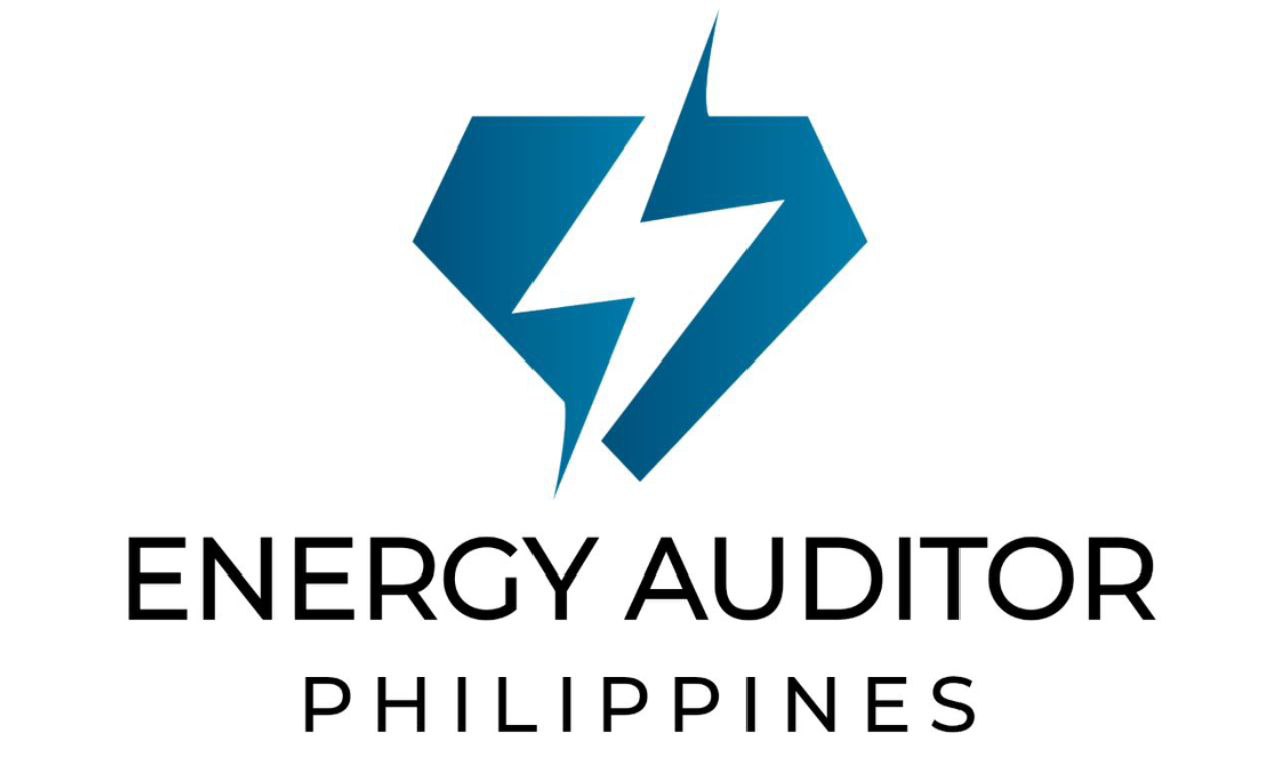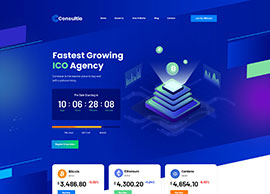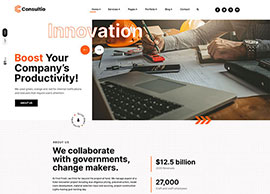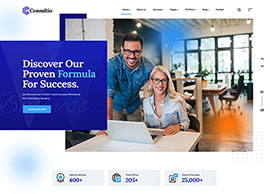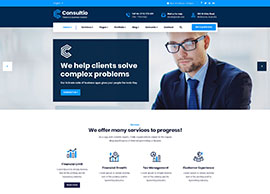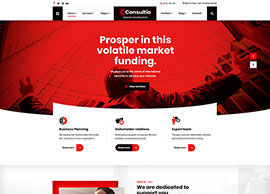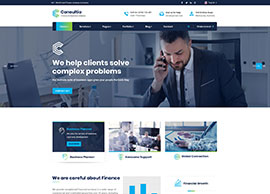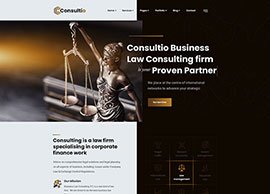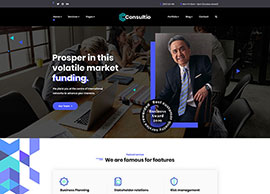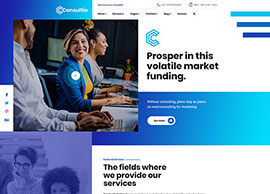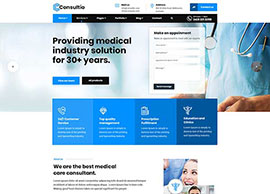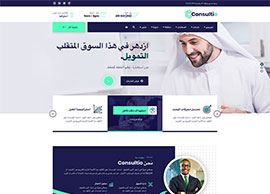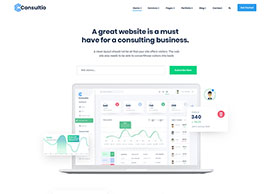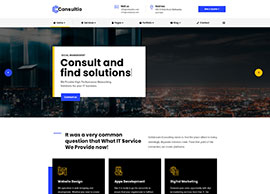
Energy Usage Patterns


Uncover Energy Waste


Potential Energy Cost Savings




We are careful about Energy Audit of our clients.
One of the key benefits of an energy audit is the potential for significant cost savings. By identifying energy inefficiencies and suggesting energy-saving measures, businesses and business owners can reduce their energy consumption and lower their energy bills. Implementing these recommendations can lead to substantial long-term energy cost savings.


Total Electricity Consumption in the Philippines in thousand gigawatt hours (GWh) with an increasing trends.
2012 to 2021
92.3 GW by 2040 worth Php 5.8 Trillion investment requirements, as updated by the Energy Regulatory Commission (ERC).
7000+ Designated Establishments (DE) are supposed to submit their Energy Audit report, only 50% had submitted. Don't delay.
As of December 2023, there are only 52 approved Energy Service Company (ESCO) in the Philippines. There are only 200+ Certified Energy Auditors. We are trained to separate among the boys.
We have over 3 years experience in Energy Audits.
Energy audits play a vital role in improving the energy efficiency of our clients. They go beyond mere government compliance and provide valuable insights into energy consumption patterns, identify areas of inefficiency, and offer recommendations for optimizing energy usage.
Successful EE Project
Happy Clients
Issued Certificates
Cup Coffee
We are dedicated to help and guide our clients.
Energy audits also contribute to environmental sustainability. By adopting energy-efficient measures and exploring renewable energy sources, individuals and organizations can minimize their carbon footprint and contribute to a greener future.
Let’s have a cup of coffee!
We provide exceptional and holistic approach of Energy Audits in line with the requirements of the Department of Energy (DOE). We can help and guide you step-by-step for your first time online submission to DE portal.
Book Meeting:
We can help you. Let me know when you want to have our meeting.
Our Energy Audit Services
Energy is critical to organizational operations and represents a major cost. In addition to the economic cost, energy use imposes environmental and societal costs by depleting resources and contributing to problems such as climate change.
An energy audit is basically a technique used to establish the patterns of energy use, identifying how and where losses are occurring and suggesting measures for enhancing energy efficiency with economic implications.
The overall objective of the energy audit is to review the existing energy consumption practices in the industry, identify key potential energy efficiency and conservation areas and provide detailed recommendations on energy optimization and cost savings.
An energy audit is carried out for energy accounting of electricity, fuels, steam, heat, compressed air, and other similar media leading to suggestions on measures for energy efficiency improvement.
The scope of the Energy Audit presented is as follows:
1. To conduct a general survey of the establishment to review the major energy consumption.
2. To collect on-site data to examine existing energy consumption practices and identify energy efficiency and conservation areas.
3. Energy purchases and usages such as electricity, diesel, heavy fuel oil (HFO), LPG, and water used in business operation were also considered to provide a holistic understanding of the establishment's energy consumption and usage profile.
4. To identify the SEU (Significant Energy Use) for detailed investigation.
5. To investigate the possible technologies and evaluate for saving potential.
6. To prepare and submit the energy audit report of key findings and recommendations which serve as implementation guideline to the management and
7. To present the main findings and recommendations to the management or energy manager.
The energy audit covers the fact finding, assessment of major equipment and loss levels, performance measurement, analysis, suggestions for improvement of performance parameters over a period, maintenance improvements, operational improvements & strategic energy planning.
The Audit Methodology comprises of the following 3 phases:
1. Set-up Phase
A. Kick-off meeting
The kick-off meeting will help to discuss the scope of the audit, review the schedule of activities, and clarify the roles and responsibilities of the auditor and the establishment. A checklist of some basic information, mandatory to proceed with the energy audit was provided by the establishment at the end of the meeting session.
B. On-site Visit
The auditor along with the engineering manager conducted the on-site visit to the establishment to gain familiarity with the operations of associated machines and utilities. The visit facilitated the auditor to devise a better work plan for the detailed investigation phase. The primary information was collected in accordance with the data acquisition plan which comprised of a checklist to collect all the concerned physical, technical and energy consumption data in the establishment.
2. Detailed Investigation Phase
A. Data Collection
The auditor reviewed the data collected as part of Preliminary Energy-Use Analysis (PEA) and identified additional data required. In this step, detailed information about the establishment is collected in accordance with the assessment checklist, as discussed in the preceding step. Both qualitative and quantitative analysis is performed to acquire energy relevant data from the establishment.
B. Data Analysis
The audit data was examined to identify energy saving potential in the establishment. Measures to be analyzed in more detail were decided upon in close cooperation with the engineering manager. All measures were analyzed regarding their financial benefit and technical feasibility, starting with measures of short pay-back periods to those having a mid-long-term payback period.
3. Concluding Phase
A. Preliminary Audit Report of Key Findings and Recommendations
Initially, a draft of energy report encompassing key audit findings and recommendations along with the detailed action plan is prepared and submitted to the management for their review and comments.
B. Final Audit Report and Presentation
After incorporating the comments from the management on the draft report and action plan, a final report and action plan will be prepared and presented to the top management.



